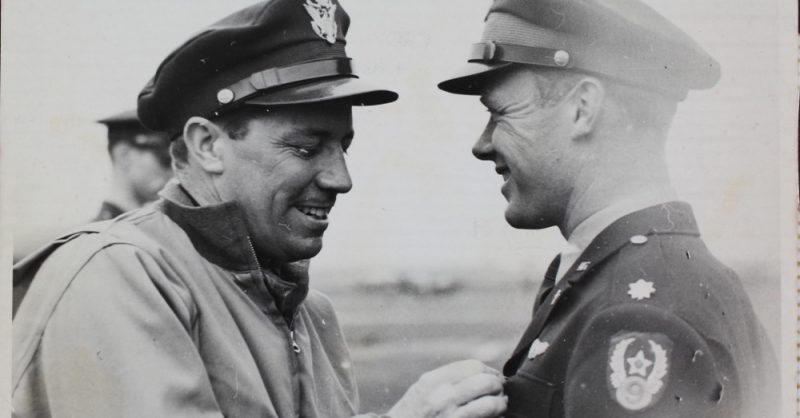During the Normandy campaign of 1944, one air commander gave the ground troops the close support they wanted. That man was General Elwood “Pete” Quesada.
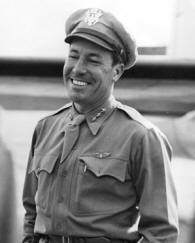
Before Normandy
Quesada was born in Washington, D.C. in 1904. He studied at the University of Maryland, College Park, and Georgetown University.
In 1924, Quesada joined the U.S. Army Air Corps. Military flying was still in its infancy and this was the perfect place for someone with energy and a willingness to innovate.
Quesada became an officer in 1925 and went on to serve in a variety of interesting posts, including working in intelligence, as a technical adviser, aide to senior officers, and military attaché. In 1929, he was part of the team behind the first air-to-air refueling.
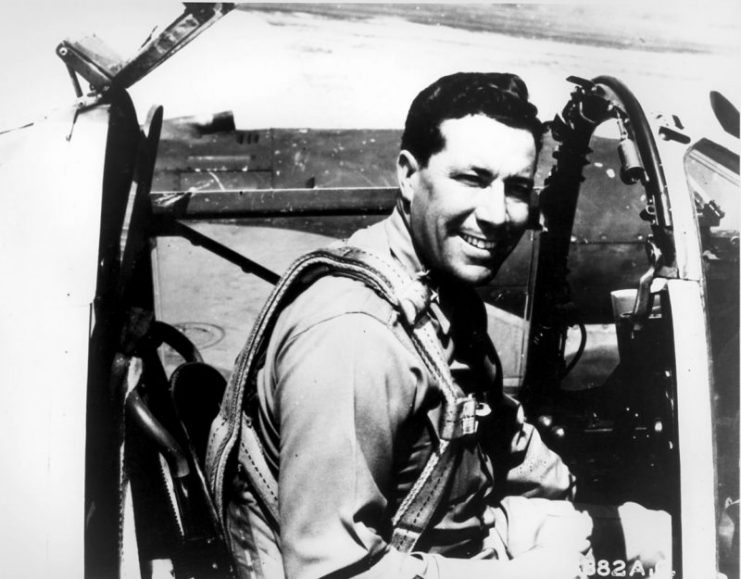
Quesada did well as an officer. Intelligent and charming, he listened to the needs of others and was willing to try new approaches. Slightly an oddball, he enjoyed making furniture in his spare time.
By 1944, Quesada was a general serving in the Second World War. He was put in charge of IX Tactical Air Command, a group of air squadrons preparing for D-Day and the liberation of France.
While waiting for Operation Overlord to begin, he enjoyed a lively life in Britain. When sent to London on work he took pilots of his squadron with him so that they could enjoy the social life there. His meetings in London included encounters with British air commanders, whose in-fighting bewildered him.
The Need for Air Power
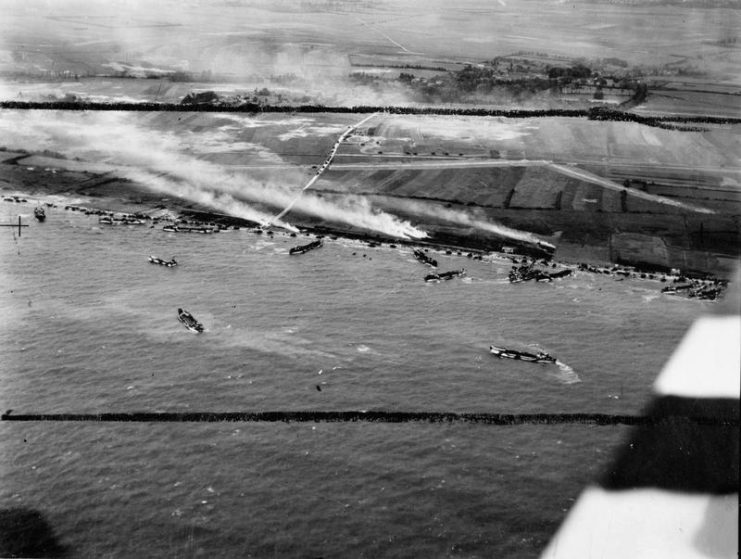
When the invasion of Normandy came in June 1944, air support was crucial. Bombers wrecked Axis lines of communication and pounded coastal defenses. Fighter-bombers bombed and strafed enemy troops, softening them up for the ground forces and making it difficult for the Germans to prepare counter-attacks.
How best to use air power was a controversial issue. The Germans had demonstrated that using planes for close tactical support of ground troops could lead to dramatic breakthroughs, as seen in their blitzkrieg tactics. However, American and British bomber commanders remained wedded to a doctrine that bombers were best used strategically, attacking enemy infrastructure. They believed that, through this strategy, bombers could break the enemy economy and win the war.
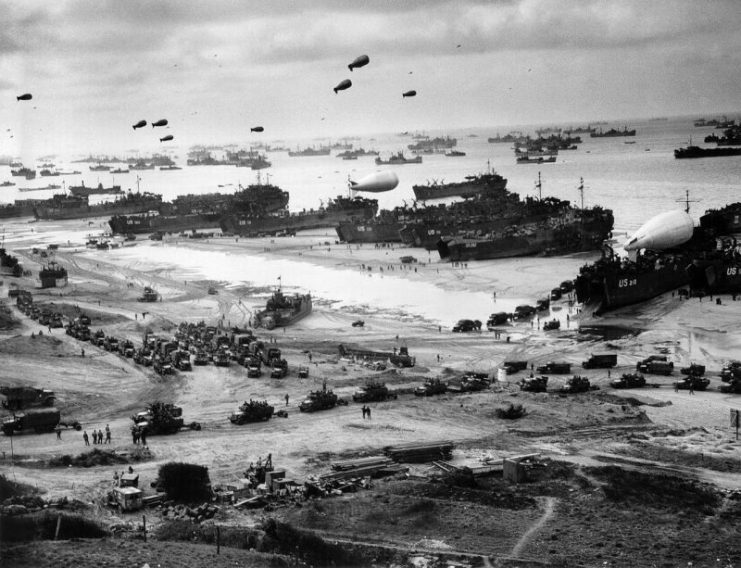
As a result, most Allied air commanders resisted calls from the armies for close air support. There was little coordination between ground and air.
Quesada was the exception.
Providing Close Support
Quesada had previously seen combat command in North Africa. There, he saw how close air support could help the other forces and willingly gave over the direction of his own planes to them when the need arose. He was pragmatic, willing to concede some of his own power for the greater good, unlike many commanders of the era.
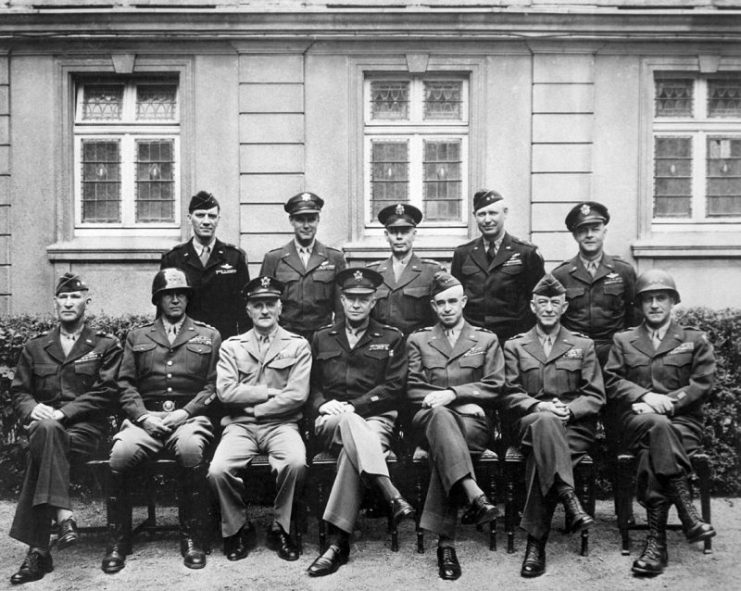
Quesada proved his willingness to work closely with the army when he flew into Normandy the day after D-Day and set up headquarters next to General Omar Bradley. He forged a close relationship with Bradley, working with the American commander to support closer coordination.
As a result of Quesada’s efforts, American troops started receiving close air support. Specialist army officers were given authority to call down air power. Radios were fitted to tanks participating in Operation Cobra for the same purpose.
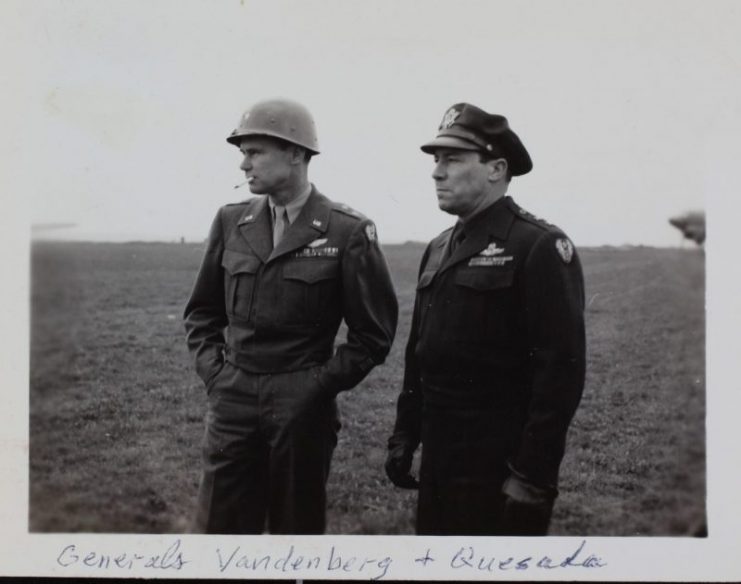
This cooperation extended to intelligence work. Quesada worked hard to keep officers on the ground informed about what was happening in the air. When ground troops complained about German air attacks or the failings of USAAF support, he rode out to the front lines to question witnesses or sent up reconnaissance planes to take photos.
The results usually showed that the airmen were doing a great job, but Quesada’s willingness to listen to complaints from the ground earned him trust and credibility.
Front Line Adventures
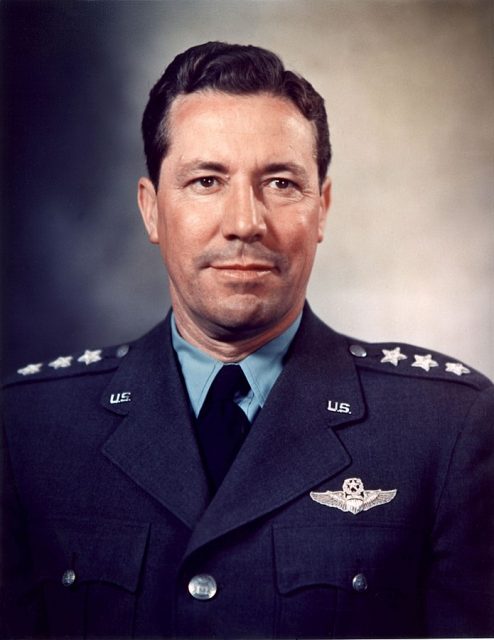
Quesada regularly visited troops near the front to check on the effect of his squadrons. It was a decision that put him in the line of fire, something that was rare for many air commanders.
One day, while out in a jeep, Quesada spotted a tank he believed held an officer he was looking for. As he approached it, the tank opened fire – it was actually a German Panther. The jeep was ruined and Quesada’s driver injured. Together, general and driver spent twenty minutes crawling to safety under fire from German small-arms.
Quesada and Eisenhower
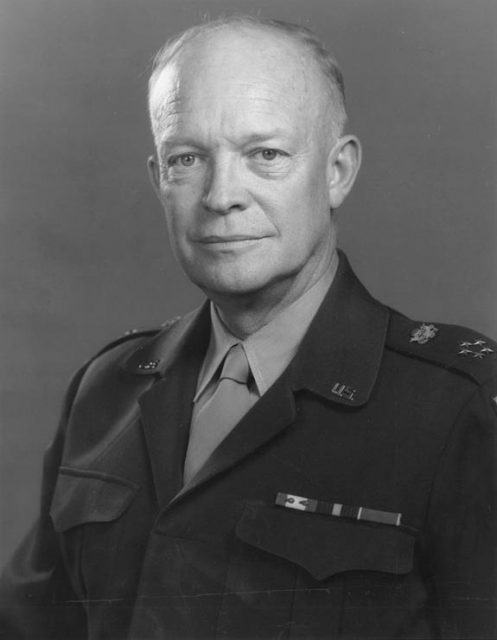
Quesada’s skilled and pragmatic leadership in North Africa had drawn the attention of General Eisenhower. The two men continued working well together during Overlord when Eisenhower was supreme commander.
At the end of a staff meeting in mid-June, Quesada announced that he was heading out on a fighter sweep. Eisenhower impulsively asked to join him and Quesada agreed. Within an hour, Eisenhower was in the back seat of Quesada’s Mustang as he headed into the war-torn skies.
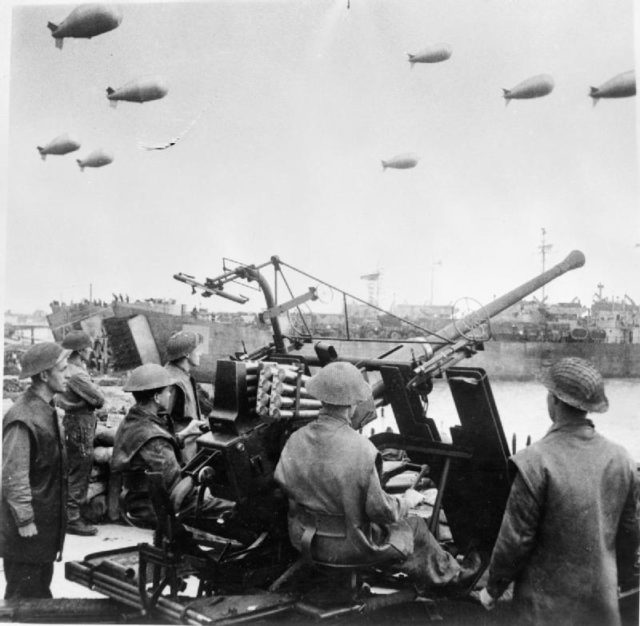
It was only in the air that Quesada’s enthusiasm began to wear off, as he realized that he was risking the life of the Allied supreme commander on a mission of whim. After a few miles, he abandoned the sweep and brought Eisenhower home. Both men were reprimanded for the risk.
It was classic Quesada – taking risks to communicate the reality of the front lines.
After the War
Following the war, Quesada became the first head of Tactical Air Command (TAC) and a general in the newly independent U.S. Air Force. When internal changes saw TAC stripped of most of its planes and pilots, Quesada asked to be reassigned and, after a few months stirring trouble through his blunt approach to committee work, took early retirement in 1951.
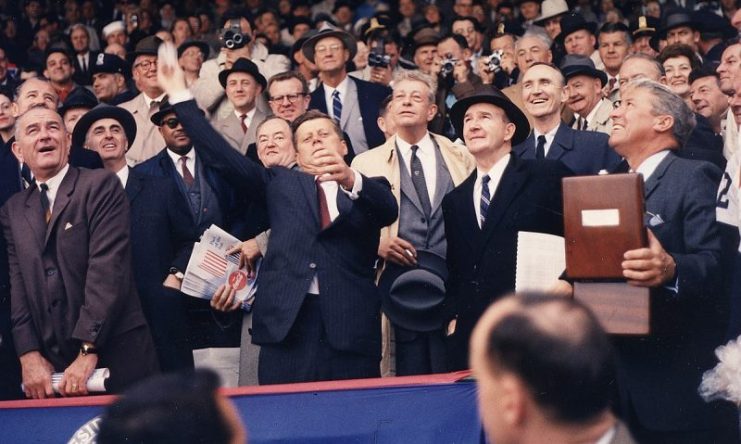
He turned his expertise to civil aviation, working for the Lockheed Aircraft Corporation, as President Eisenhower’s Special Adviser for Aviation, and at the new Federal Aviation Agency. He worked in other corporate roles and briefly owned a stake in the Washington Senators baseball team.
Quesada died in 1993 and was buried at Arlington National Cemetery.
